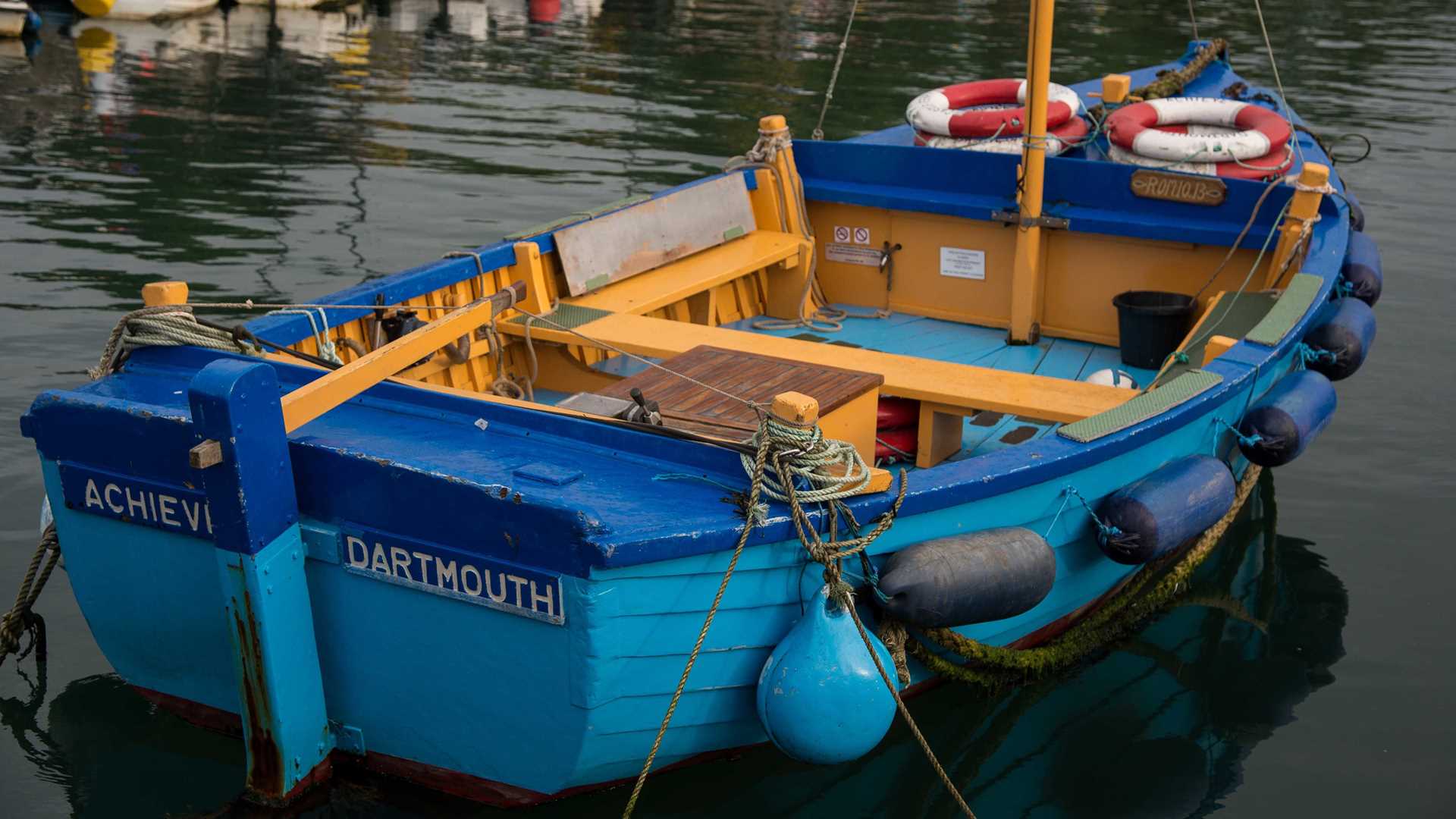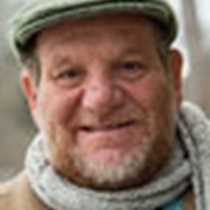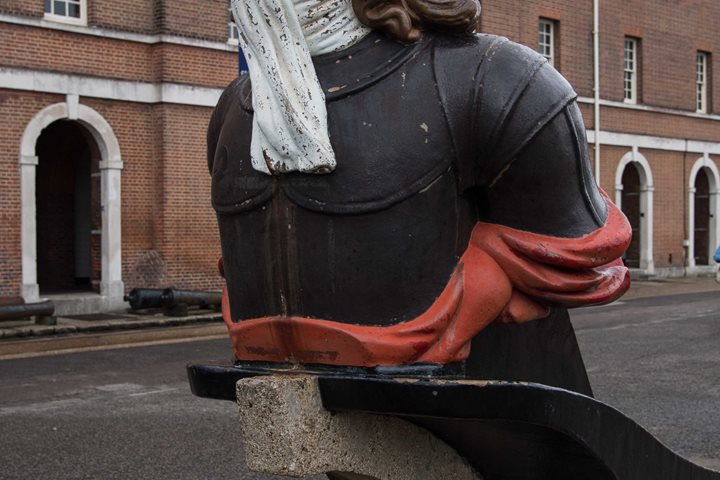The dramatically concealed entrance to Dartmouth harbour is always a delight to navigate and conditions this morning as we made our approach just before breakfast were ideal, with calm seas and a dawn sky that augured well for our day of exploration in Devon, a county equally famous for its seafaring traditions and cream teas. The geology here is the eponymous Devonian Old Red Sandstone and the River Dart which cuts through it has been inundated by the sea as a consequence of post-glacial isostatic rebound, a phenomenon that is causing gradual sinking in the south-west and a corresponding rise in north-eastern coastline of
Just inside the harbour entrance at Dartmouth is the attractive little church dedicated to St Petrox, a Celtic saint based in Cornwall who died before Augustine had arrived in Canterbury by papal command to convert the English. Further upstream in the historic centre of Dartmouth is the Norman church of St Saviour’s that contains impressive evidence of the religious history of England since Norman times: a rare survival of a Catholic rood screen and a beautifully carved pulpit from the Tudor period. Not far from the imposing Anglican church is Bayard’s Cove, the town wharf in Dartmouth from which the Pilgrim Fathers departed for America on 20 August 1620 aboard Mayflower and Speedwell. Much of this history was covered in the walking tour of the town offered to several groups on both the morning afternoon tours.
Other options taken up during the day included boat transfers—downstream to visit the castle defending the harbour entrance, or upstream to visit the recently opened (by the National Trust) home of the crime writer Agatha Christie at Greenway. As well as being an extraordinarily prodigious author we soon learned that she and her archaeologist husband were compulsive collectors, with fine examples of Nantgarw and Coalport pottery on display. There were nature walks at Slapton Leigh, a National Nature Reserve noted for rare birds and flowers while at nearby Slapton Sands another group paid their respects to American servicemen involved in a dress rehearsal for the D-Day landings in Normandy at the close of the Second World War. Another group visited Coleton Fishacre, another National Trust property, famed for its connections with the D’Oyly Carte family who were the patrons of W.S. Gilbert and Arthur Sullivan.
After dinner, we were treated to a lively on-board performance by the West Country musicians Sam Kelly and the Lost Boys, before slipping our moorings and sailing out into the English Channel.






